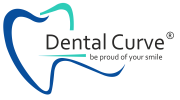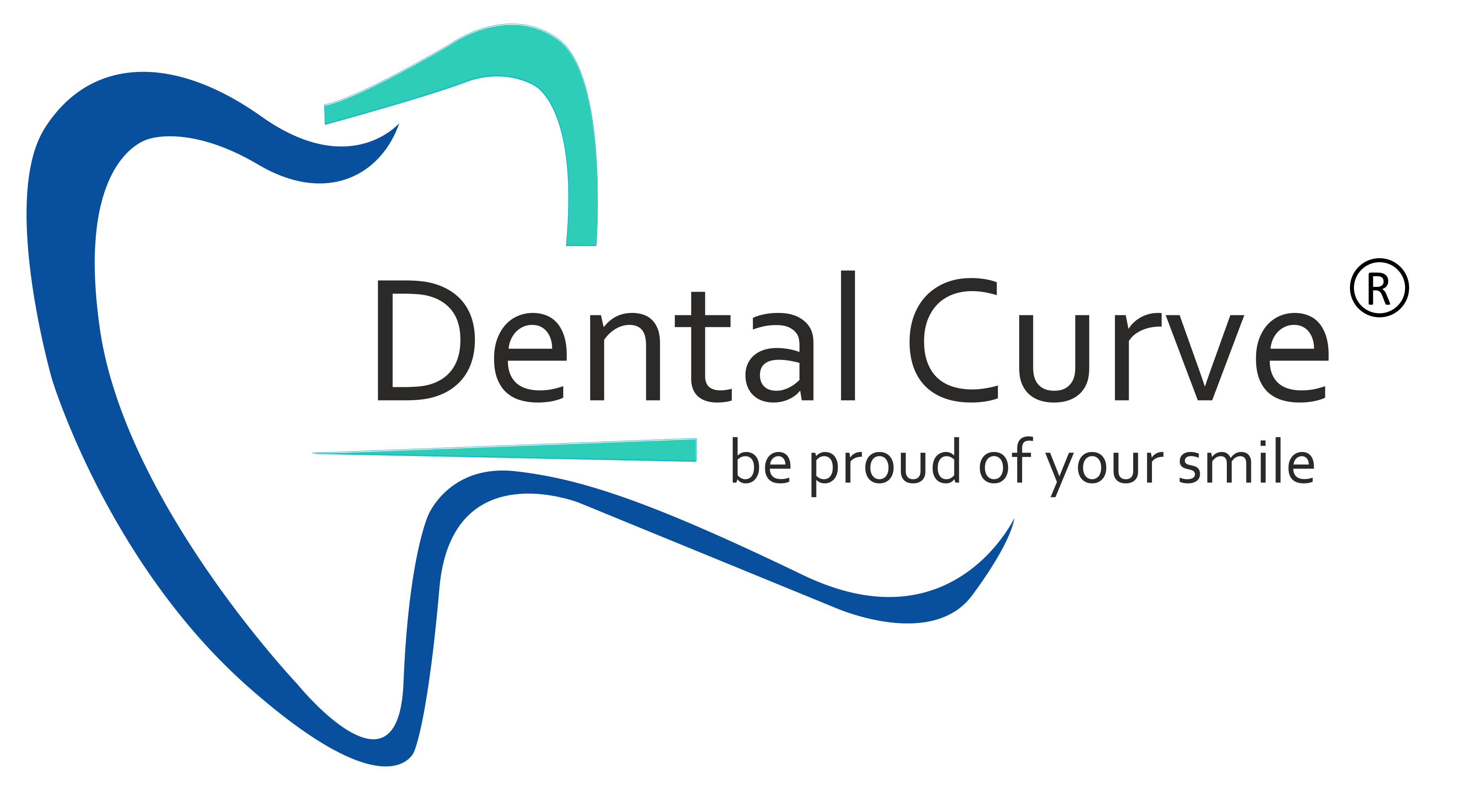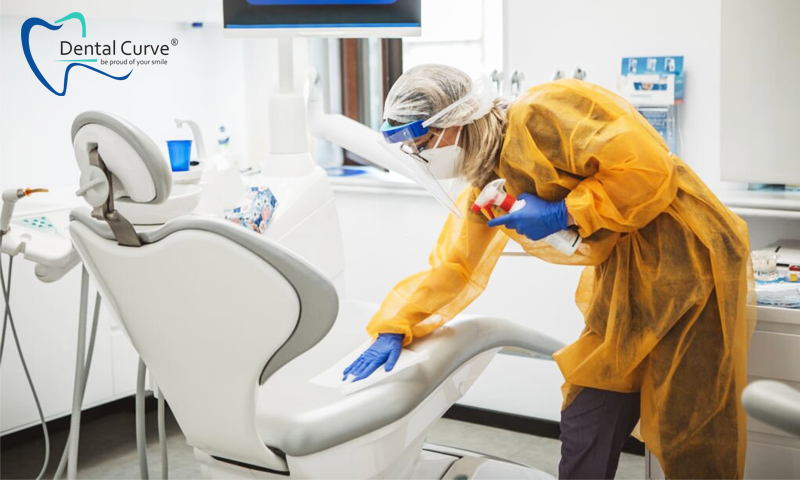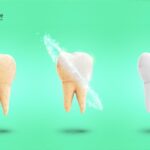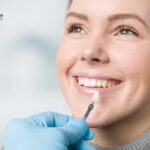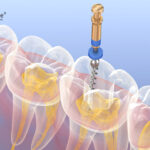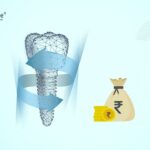Our dental clinic has always been amongst the safest places to be in terms of sanitisation and cleanliness. We are resuming to be careful with stringent screening measures and rigorous infection control prevention protocols while providing our staff members and patients the ease of mind throughout dental visits and procedures. We at Dental Curve value the safety of our patients and staff and hence utilise the following measures to provide dental care efficiently.
Ultrasonic instrument cleaner
Ultrasonic energy generates billions of minute vacuum bubbles in an ultrasonic cleaning bath that implode with enormous force when they interact with dental instruments. The method, called cavitation, moves into tiny crevices and cracks, completely blasting contaminants away from dental instrument surfaces in a much more effective manner.
Ultrasonic cleaners are more efficient than manual scrubbing, which is oftentimes challenging and whose outcomes are often inadequate and variable. Other less apparent advantages of ultrasonic energy include its noted increase of the sporicidal features of liquid chemical sterilants.
Class B autoclave machine
Class B autoclaves, also known as pre-vacuum steam sterilisers, utilise steam under pressure for sterilisation of contaminated objects. The autoclave is to sterilise the instruments before utilizing them in the oral cavity. To comply with Class B, over 99% of the air in the chamber must be withdrawn before the heating and sterilisation steps. Air removal is vital for enhanced steam penetration. As overtime medical and dental devices have become more advanced, there has been an expanding requirement to reinforce steam penetration to the deepest and most intricate pieces of the tools to confirm sterilisation.
During the process, the instruments are bagged in sealed sterilisation pouches and then autoclaved. The class B autoclave consisting of the new virus protection cycle treats air in the autoclave chamber prior to the preliminary air removal stage. This measure secures that any harmful virus, including Coronavirus, are destroyed before they are discharged back to the environment, throughout the air removal phase.
Biomedical waste management
Biomedical waste is any waste comprising of infectious or potentially contagious materials. It also involves waste which is related to medical or laboratory origin. Biomedical waste management is a fundamental aspect of dental practice management. Our staff and the team of doctors take every necessary measure to segregate such waste and dispose it safely. Segregation and safe disposal of biomedical waste prevents any spread of diseases and keeps the surrounding environment cleaner for the patients and staff.
Disinfection of chairs after every patient
Disinfecting dental chairs is a crucial part of the routine maintenance required in every dental practice. Certain surfaces, particularly ones that are touched often can be swarming with microbial pollution. Even though hand cleanliness is crucial, barrier protection & cleaning, and disinfecting of environmental surfaces like dental chairs is necessary and also safeguards against infections. To exercise optimal hygiene, we make sure that our chairs are cleaned and disinfected after every consecutive patient.
Fumigation of room daily
Fumigation of dental clinics with appropriate concentrations of chemicals has been proposed to reduce microbial agents on room surfaces and control infections. Studies have proved that fumigation can be helpful to inactivate microbes and prevent the spread of any hazardous bacteria or disease. We at Dental Curve make sure to fumigate our rooms daily to ensure the safety of our patients and medical staff.
To schedule an appointment or to learn more about our services, visit us at http://www.dentalcurve.in/
